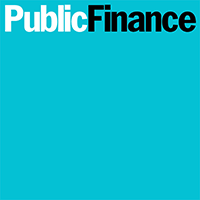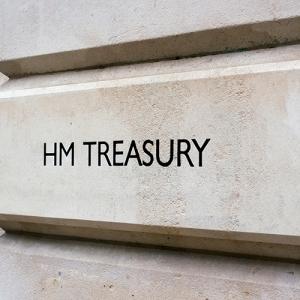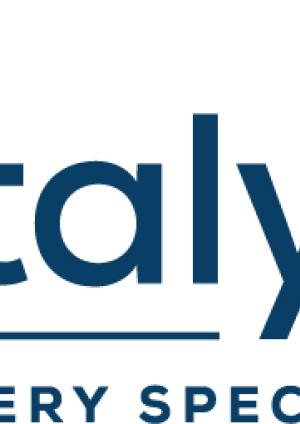The Scottish Futures Trust today claimed to have delivered savings worth more than £100m for the third successive year.
According to the SFT’s 2011/12 Benefits Statement, published this morning, it achieved £131m of net benefits and savings, bringing the cumulative total since it was first established to more than £370m.
A key beneficiary of the savings is the £1.25bn programme to replace ageing school buildings, Scotland’s Schools for the Future. The SFT has said its work last year to curb costs and manage budgets better will fund an extra 12 schools, taking the total build to 67.
The SFT is also running the National Housing Trust initiative to build affordable homes, and the statement outlines that 700 construction jobs are now involved in building more than 600 homes on 12 sites. Phase two of the programme, launched last year, will take the total number of new homes into four figures.
Sir Angus Grossart, the merchant banker who chairs the SFT, said it had forged strong strategic alliances with councils, health boards and other bodies to deliver value for money in public construction projects. Chief executive Barry White added that the SFT brought ‘robust challenge and commercial expertise’ to public investment.
‘It is our responsibility to ensure that the public pound stretches further in these challenging times,’ White said.
The SFT was set up by the Scottish National Party government in 2008 to find new sources of capital for public infrastructure projects, particularly alternatives to the Private Finance Initiative model.
It aims to deliver £3bn of projects that would otherwise be delayed by public spending constraints, through the NHT, the Non-Profit Distributing programme and Tax Incremental Financing. Both of these funding models have been portrayed by Scottish government ministers as innovative ways to pay for public infrastructure.
Tif and the NHT, the report shows, account for £48.2m of the benefits from the trust in the past year, and NPD just £6.6m. Efficiency gains, through improved programme delivery and asset management, account for £41.8m and £33.8m respectively, while £3.5m was saved by reducing the use of external consultants. The trust’s operating costs were £4.8m.




















